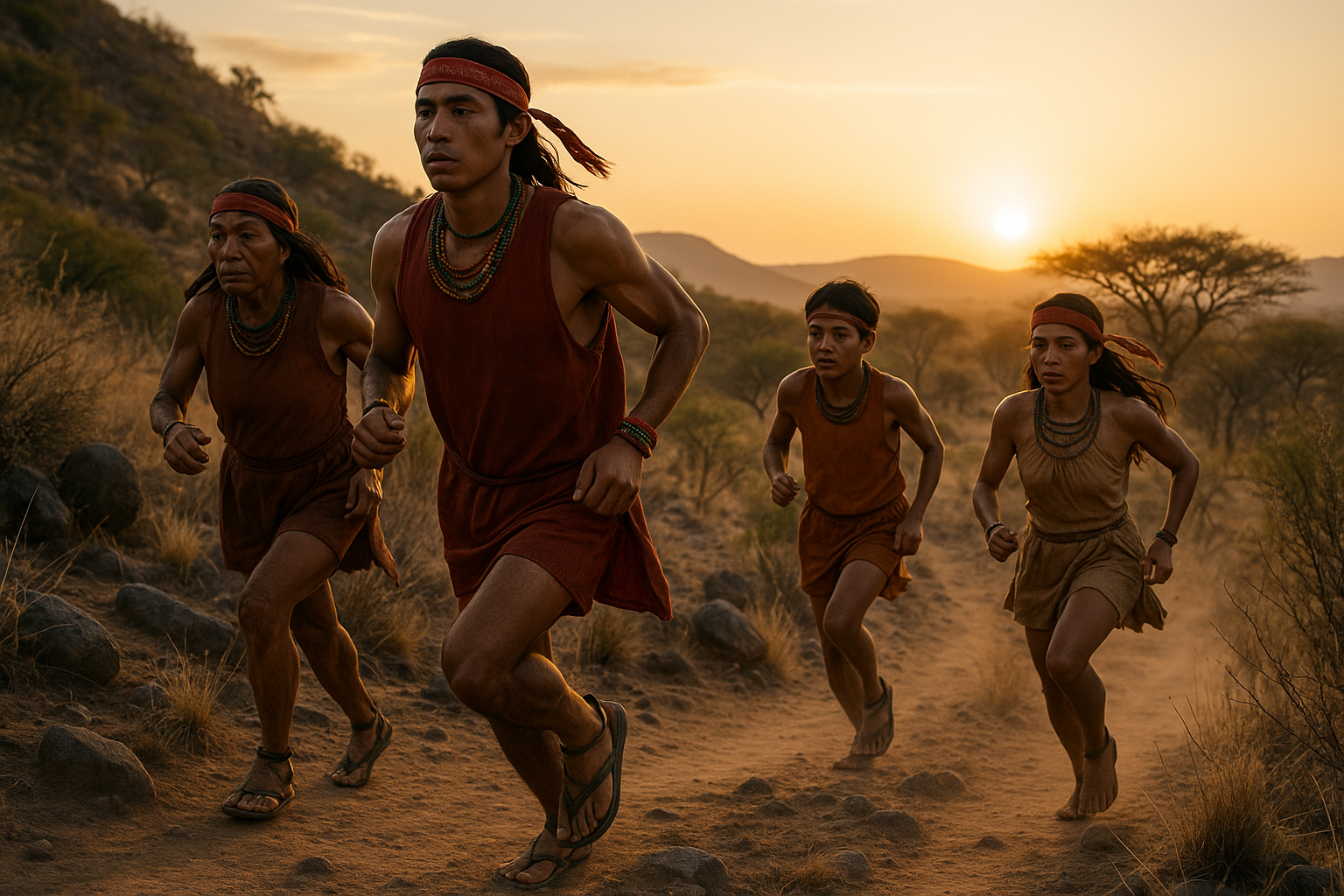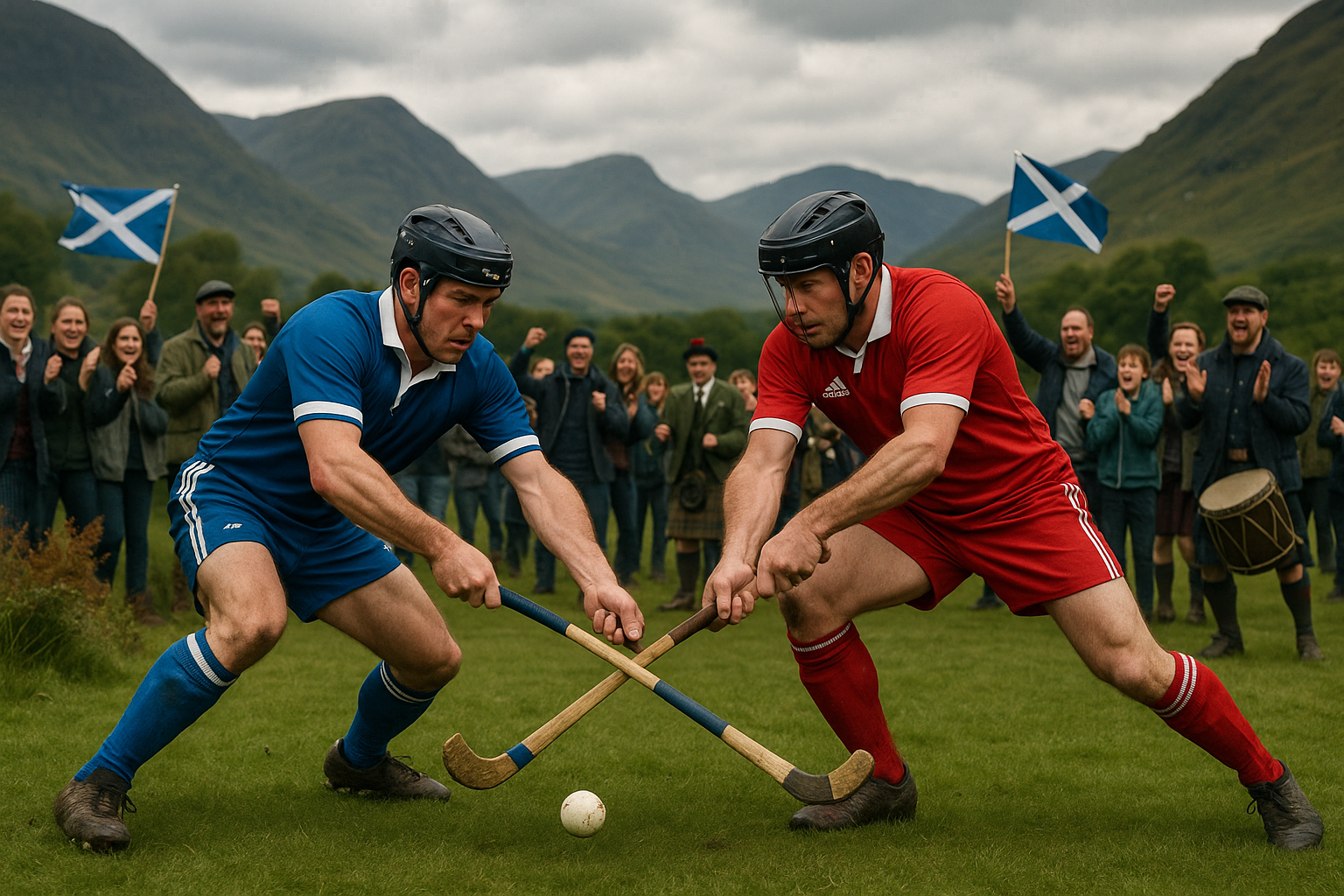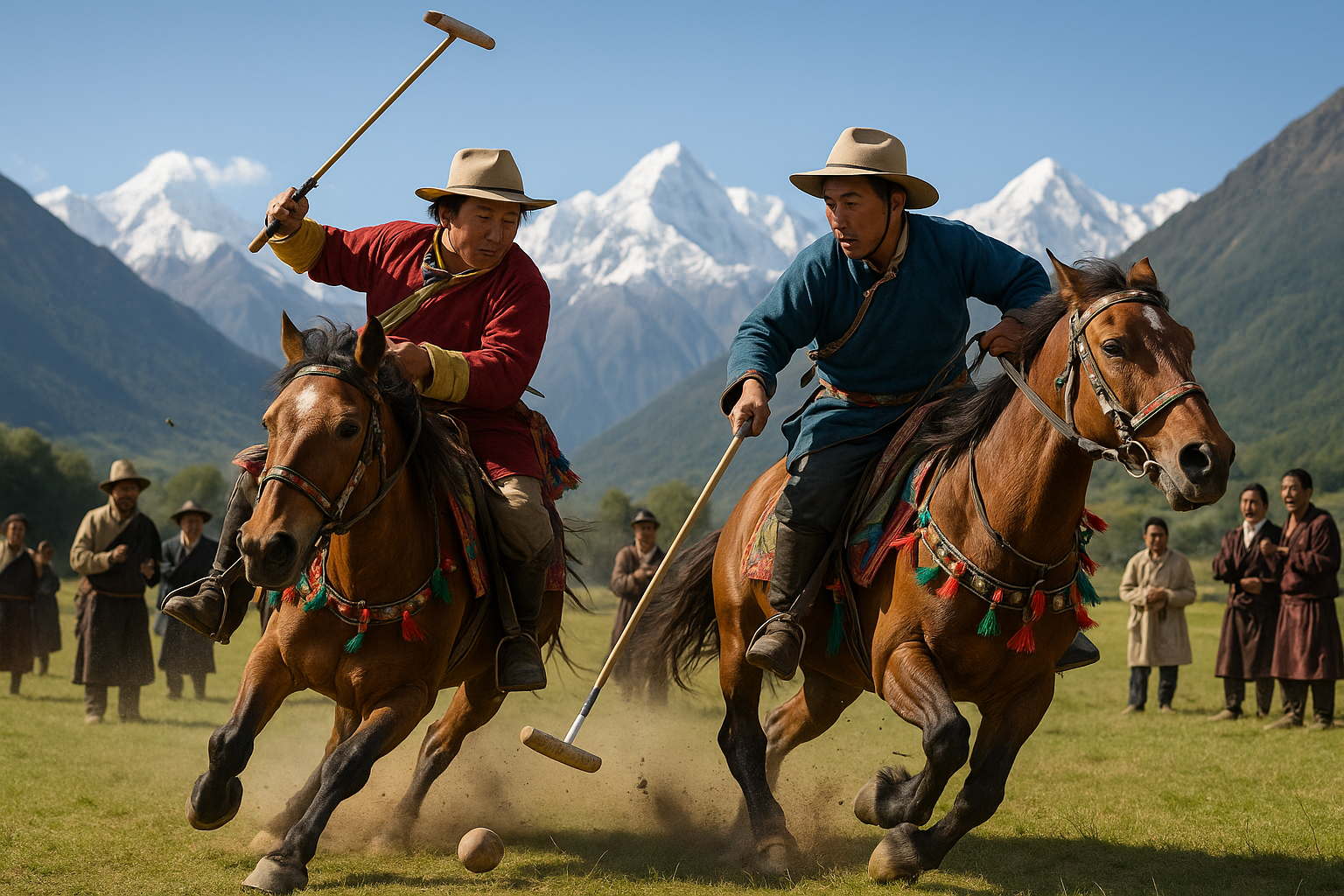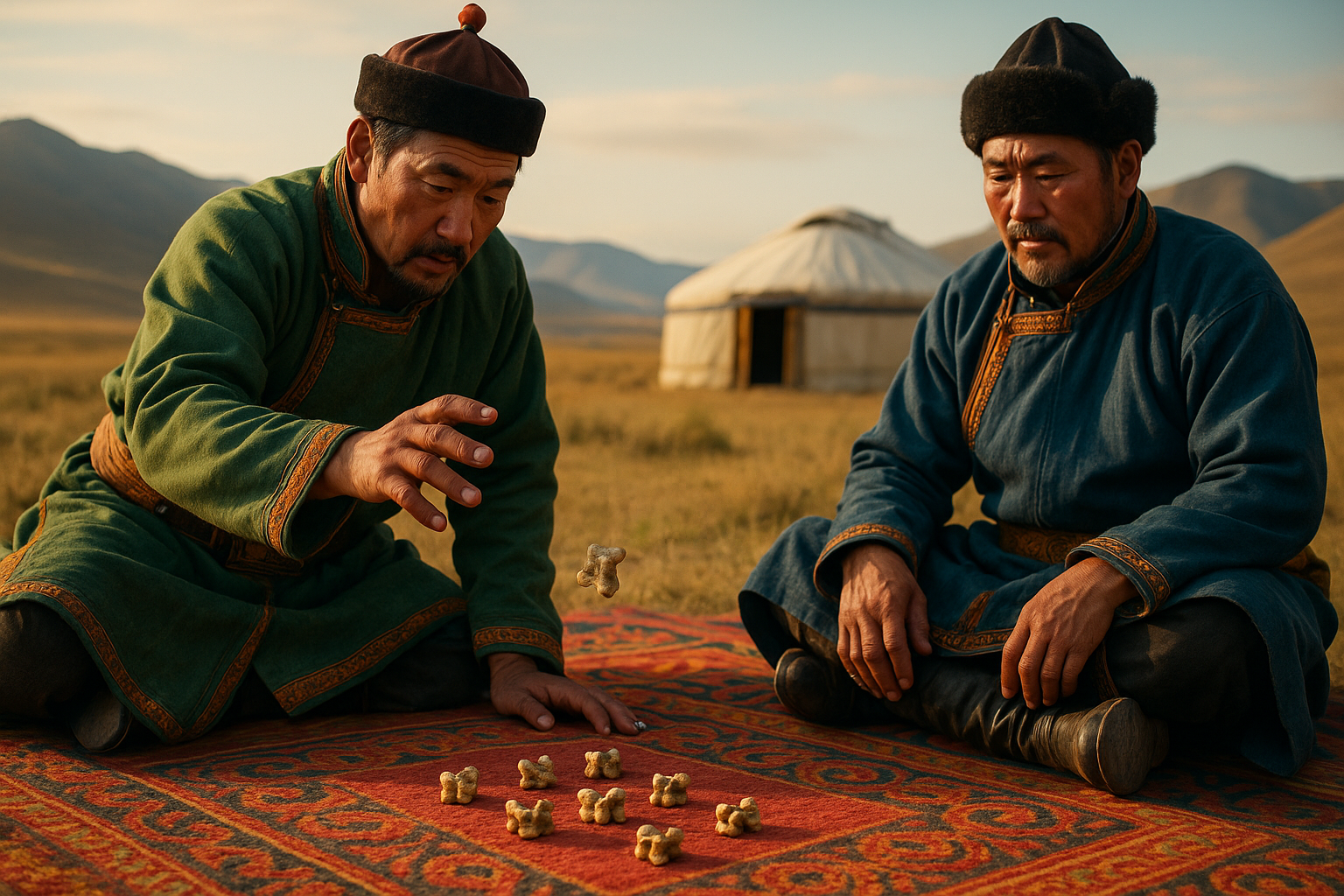Running is one of the most primal forms of human expression. It requires no equipment, no set location, and no specific time. Just the rhythm of one’s heartbeat and the pounding of feet against the earth. This pure form of movement connects us to our ancestors, who relied on their legs for survival. Yet, in the modern world, the tradition of running has evolved beyond mere necessity, blossoming into a symbol of unity, strength, and culture—especially within indigenous tribes. 🌍
Long-distance running, in particular, holds a special place in the hearts of many tribal communities around the globe. It serves as a bridge between the past and present, weaving a tapestry of history, community, and personal achievement. In tribes from the highlands of Mexico to the deserts of Africa, running is more than just a sport; it is a way of life, deeply interwoven with cultural identity and spiritual significance. In this blog, we embark on a journey to explore how these communities harness the power of running to foster unity and maintain traditions in a rapidly changing world.
The Tarahumara people of Mexico, also known as the Rarámuri, are renowned for their exceptional long-distance running abilities. Living in the rugged terrains of the Sierra Madre, their name translates to “those who run fast,” and their reputation precedes them. Running is not just a physical activity for the Tarahumara but a vital component of their cultural fabric. It is a celebration of endurance, community, and resilience, often featured in their traditional ceremonies and rites of passage. This ancient practice has even captured the imagination of modern sports enthusiasts and scientists, eager to uncover the secrets behind their seemingly superhuman stamina.
Meanwhile, across the Atlantic, the Kalenjin tribe of Kenya has earned the title of “The Running Tribe” due to their incredible success in international athletics. With numerous Olympic champions and world record holders among their ranks, the Kalenjin attribute their prowess not to specialized training facilities, but to their culture and lifestyle. In the high altitudes of the Great Rift Valley, running is as natural as breathing. Children often run to school, while community races are common gatherings that reinforce social bonds and cultural heritage.
But what makes these communities excel in long-distance running? Is it the geographical landscapes, the nutritional practices, or perhaps a genetic predisposition? As we delve deeper, we will explore the intricate blend of factors that contribute to their running prowess. We’ll uncover how these tribes maintain their traditions amidst modern influences, and what lessons they offer to the global running community. 🏃♂️🏃♀️
Moreover, the spiritual aspect of running in these tribes cannot be overlooked. For many, running is a meditative practice, a form of moving prayer that connects them with nature and the divine. It is a ritual that cleanses the spirit and fortifies the mind. As we navigate this exploration, we’ll delve into the philosophical underpinnings of running in tribal cultures, understanding how it serves as a conduit for personal growth and spiritual awakening.
In an era where technology often distances us from the natural world, the tribal tradition of long-distance running offers a refreshing perspective. It reminds us of the simplicity and beauty of human potential. As we dissect the cultural significance, training methodologies, and spiritual dimensions of running within these tribes, we’ll also examine how these elements can inspire and enhance the modern running community.
Join us as we uncover the stories, struggles, and triumphs of these remarkable running tribes. Their tales are not just about physical endurance but about the enduring spirit of humanity and the ties that bind us all. In exploring the thriving tradition of long-distance running in tribes, we unlock a wellspring of wisdom and inspiration that transcends borders and generations.
Get ready to be inspired, challenged, and perhaps even transformed. As we lace up our metaphorical running shoes, we invite you to pace alongside us in this captivating exploration of unity, tradition, and the human spirit. 🌟

Conclusion
As we conclude our exploration of tribal unity in long-distance running, it’s clear that this tradition represents far more than athletic endurance — it embodies community strength, ancestral pride, and spiritual connection. For many Indigenous and tribal cultures, running has long served as a sacred act of communication, resilience, and collective identity, binding individuals to their land and heritage.
The true power of tribal running lies in its rhythm of togetherness. 🌿💫 Every synchronized stride becomes a living expression of unity, discipline, and purpose — a reminder that strength grows not from isolation, but from shared spirit. Ultimately, tribal long-distance running is more than sport — it’s a cultural heartbeat, a moving ritual of endurance and belonging that celebrates the harmony between people, tradition, and the Earth itself.




